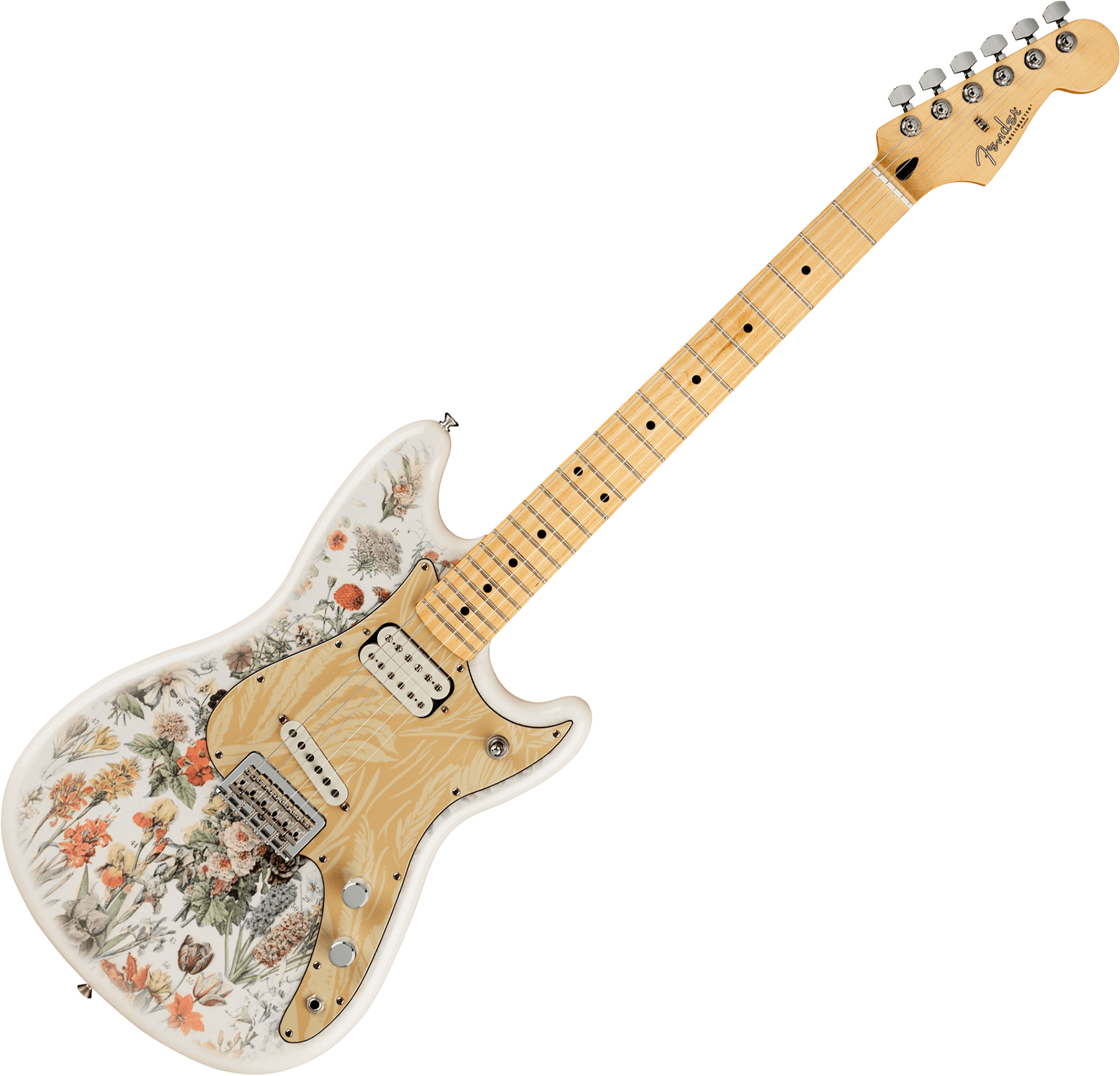
Through Google Ads conversion tracking, Google and we are able to track which ads users interact with and which pages they are redirected to after clicking on an ad. Through Google Ads conversion tracking, Google and we are able to track which ads users interact with and which pages they are redirected to after clicking on an ad.Our shop uses Google Ads. We may use the information collected through cookies to compile statistics about ad performance. No personally identifiable information is submitted to Google. The data is stored anonymously by Google. Through Microsoft Ads Conversion Tracking, Microsoft and we can track which ads users interact with and which pages they are redirected to after clicking on an ad. We may use the information collected through cookies to generate statistics about ad performance. No personally identifiable information is submitted to Microsoft. Microsoft stores the information anonymously. Emarsysįor a more convenient implementation of discounts, we occasionally use cookies which guarantee the discount through a so-called affiliate program through the link of origin. These discounts are usually communicated through newsletters, which are created and managed by us with the tool "Emarsys".

This cookie stores user-like settings for the chat system provider, which are required for our online chat service. With the customer reviews of Trusted Shops it is possible to award stars for delivery, condition of the goods and customer service. Customers can also leave a comment to report on their shopping experience. In this way, consumers give each other guidance and give us the opportunity to continuously improve. Facebook Ads conversion tracking allows Facebook and us to track which ads users interact with and which pages they are redirected to after clicking on an ad. The information obtained through cookies allows us to compile statistics on ad performance. No personal data is transmitted from our side to Facebook. By using The Trade Desk tracking, both The Trade Desk and we are able to track which ads users interact with and which pages they are redirected to after clicking on an ad. The information obtained through cookies allows us to compile ad performance statistics and serve retargeting ads on The Trade Desks advertising network. You can find more details on this in our privacy policy. No personal data is transmitted to The Trade Desk in this process. The Trade Desk stores the data anonymously.Design work on the Musicmaster-and its two-pickup variant Duo-Sonic-began in late 1955 following a request from Fender Sales. Prototypes were made in early 1956, followed by sales literature announcing both models. Production of the Musicmaster began in late April of that year, using a body routed for two pickups to be common to the Duo-Sonic, which followed a little more than two months later.

The Duo-Sonic and Musicmaster also shared a single-piece maple neck and fingerboard, with a 22.5 inch scale length and 21 frets. There was one major redesign of these two Musicmaster-bodied guitars, in 1959 when the entire Fender catalog was updated. At this time, the Musicmaster and Duo-Sonic both received a plastic pickguard in place of the previous anodized aluminum one, and a two-piece maple neck with a rosewood fingerboard. In 1964, following the release of the Fender Mustang, both the Musicmaster and Duo-Sonic were redesigned using Mustang neck and body blanks.

The Mustang body was larger and slightly offset, and was fitted with a plastic pickguard but with the volume and tone controls mounted on a separate metal plate. All three models were offered with the option of a 24-inch scale and 22-fret neck or a 22.5-inch scale and 21-fret neck the 24-inch scale proved to be the most popular of these options. The redesigned Musicmaster II alongside its stablemate the Duo-Sonic II lasted through 1969 before both models were dropped from production in favor of the more deluxe Mustang and new Fender Bronco. The Musicmaster in its second incarnation was still sold well into the 1970s however, using leftover parts until supplies ran out. In 1969, the Fender Swinger, a particularly interesting byproduct of this surplus was produced using the Musicmaster hardware, electrics, scratchplate, and the seldom ordered 22.5-inch necks, but with a modified Fender Bass V body. Around this same time the Fender Maverick was introduced using similar practices but with leftover Electric XII bodies and necks with Mustang bridges. Later in the 70s the Musicmaster in its third incarnation was redesigned using the Bronco body and pickguard shapes.


 0 kommentar(er)
0 kommentar(er)
